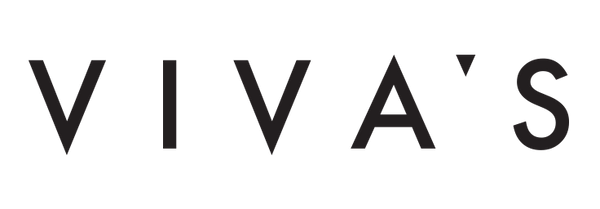Leather, with its timeless elegance and durability, has been a cherished material for centuries. From luxurious fashion accessories to robust furniture, leather products are highly sought after for their unique qualities. In this blog post, we will delve into the world of leather, discussing its various types and shedding light on the eco-friendly alternatives like vegetable-tanned and chromium-free leather.
Understanding Leather: An Overview
Leather is a natural material derived from animal hides, typically sourced from cattle, sheep, goats, or pigs. The process of tanning preserves the hides and transforms them into usable, long-lasting leather. The main types of leather used in various applications include full-grain, top-grain, corrected-grain, and split leather. Each type has unique characteristics, making them suitable for different purposes.
Full-Grain Leather: Luxury at Its Finest
Full-grain leather stands at the pinnacle of leather quality. It retains the entirety of the hide's natural grain, making it highly durable and robust. Over time, full-grain leather develops a patina, enhancing its appearance and adding a distinct character. Products crafted from full-grain leather exude luxury and are sought after by leather enthusiasts.
Top-Grain Leather: Versatile and Resilient
Top-grain leather is the second-highest quality of leather. It is created by splitting the top layer of the hide and sanding away imperfections. While it may lack the natural patina development of full-grain leather, top-grain leather offers excellent durability and a smooth, refined surface. It's widely used in various leather products, including handbags, wallets, and upholstery.

Corrected-Grain Leather: A Budget-Friendly Option
Corrected-grain leather is made from the lower layers of the hide, and imperfections are sanded away. The surface is then coated with a layer of pigment or other finishes to create a uniform appearance. This type of leather is more budget-friendly but lacks the natural beauty and durability of full-grain and top-grain leather.

Split Leather: An Economical Choice
Split leather is produced from the fibrous inner layer of the hide after the top-grain is separated. While it may not possess the same level of quality as full-grain or top-grain leather, it finds applications in suede products and economically-priced items.

Vegetable-Tanned Leather: A Sustainable Choice
Vegetable-tanned leather is an eco-friendly alternative to traditional chrome-tanned leather. It is tanned using natural plant extracts, such as oak and chestnut, and other organic materials. This process makes the leather biodegradable and reduces its environmental impact. Vegetable-tanned leather develops a rich patina over time, adding character to the products and making them truly unique.

Chromium-Free Leather: A Safer Option
Chromium-free leather is an excellent choice for individuals with skin sensitivities or allergies to chromium, which is used in conventional leather tanning processes. This type of leather undergoes tanning with alternative substances that are free from harmful chemicals, ensuring a healthier and safer product.
When choosing leather products, understanding the various types and their production methods can empower you to make informed and sustainable choices.
Most of our bags are made of vegetable tanned and chromium free leather, and we only use the top-grain leather.

